#Jidaigeki film
Explore tagged Tumblr posts
Text
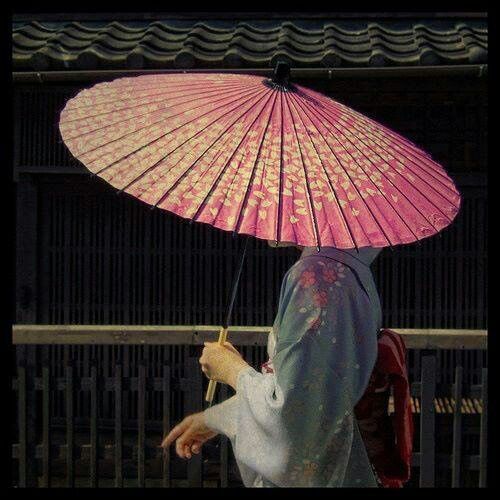
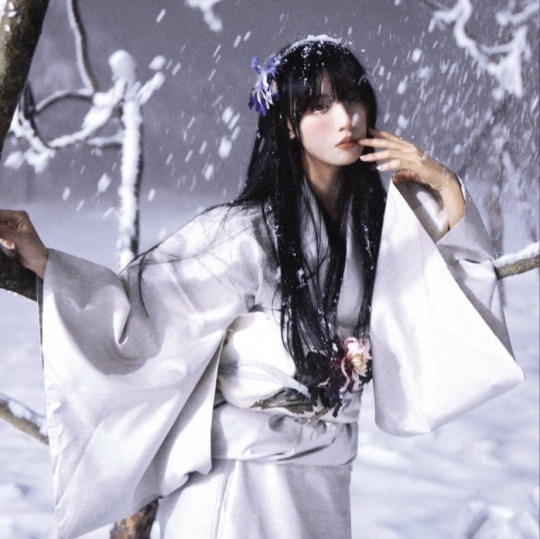
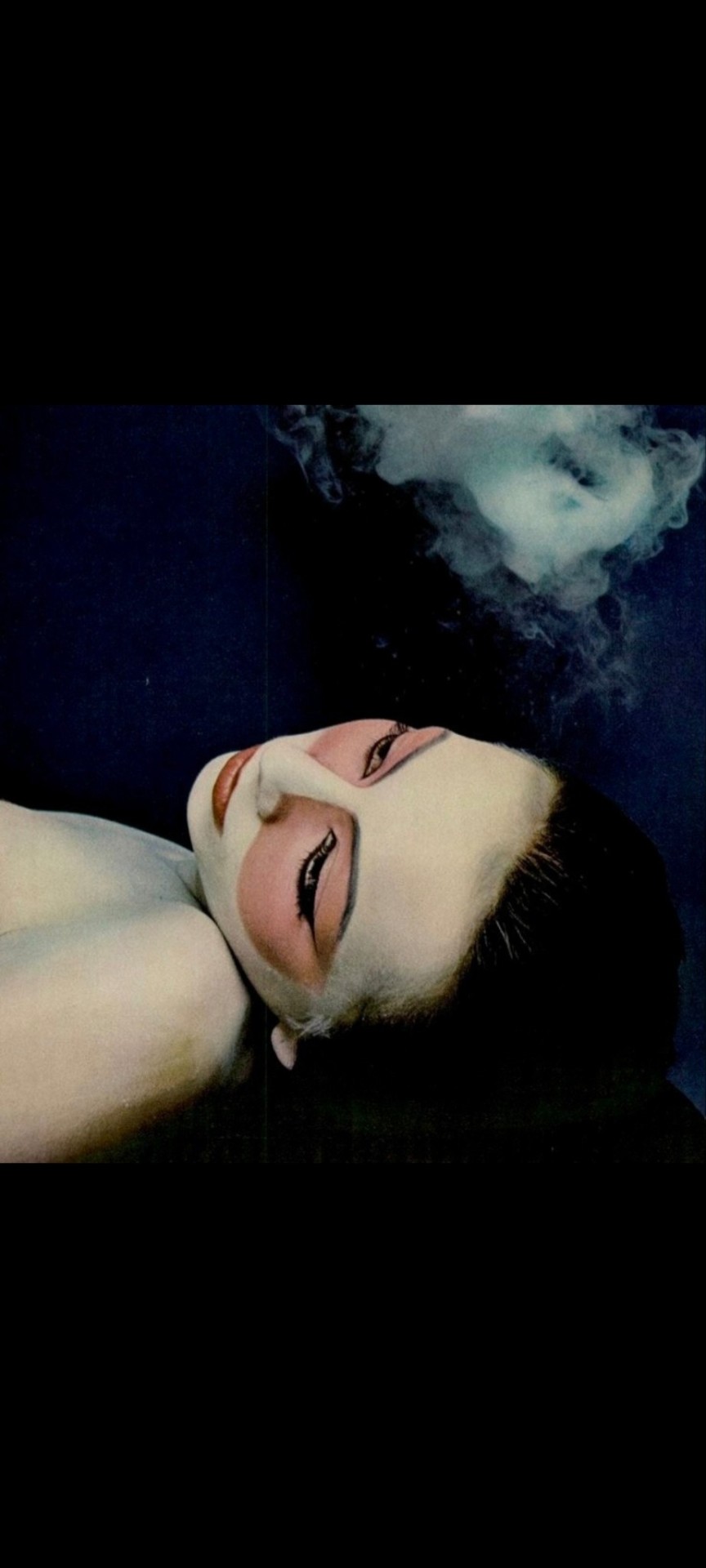
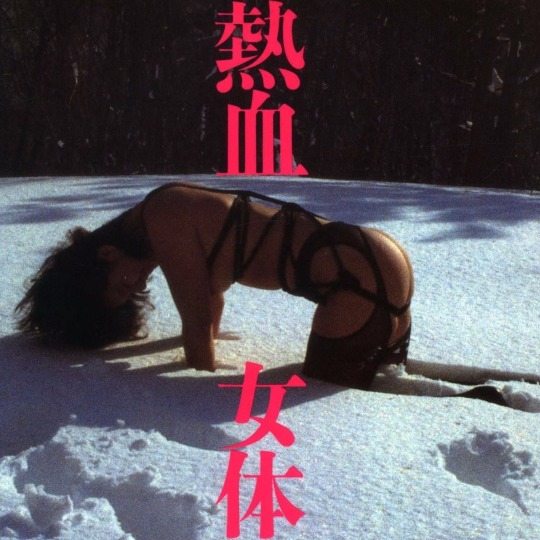


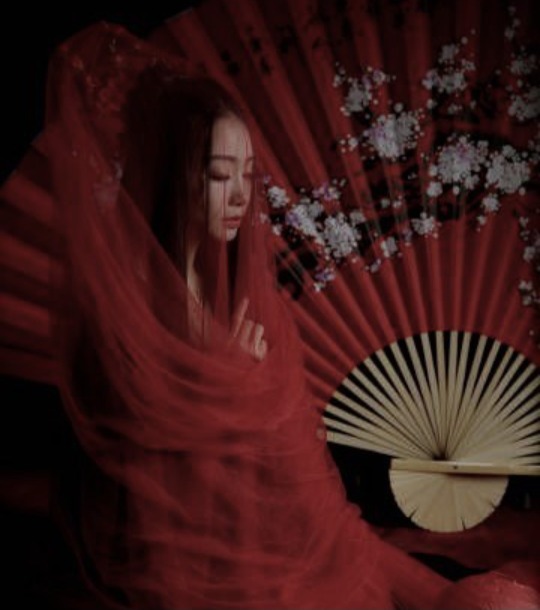
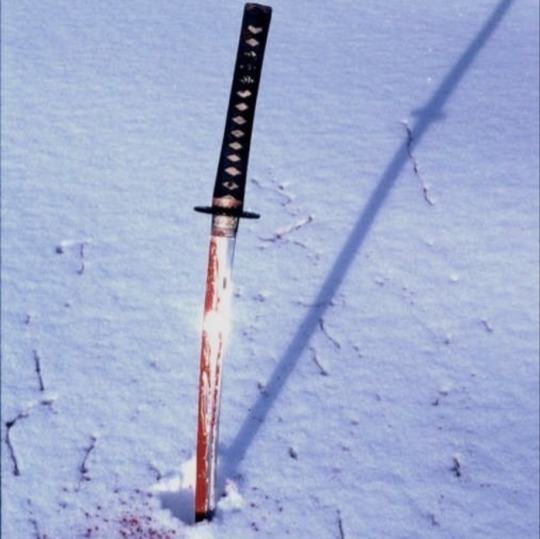
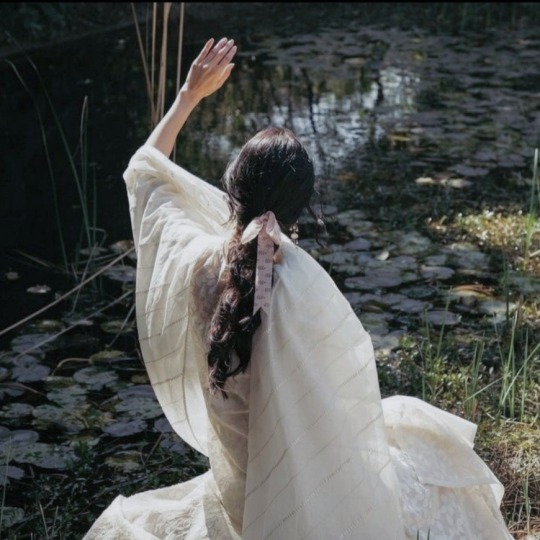
Lady Snowblood (1973) dir. Toshiya Fujita
#lady snowblood#1973#Toshiya Fujita#japanese cinema#70s#jidaigeki film#Meiko Kaji#blood aesthetic#action movies#thriller movies#movies#70s aesthetic#movies moodboard#mine#mb#moodboard#snow aesthetic
132 notes
·
View notes
Text
On February 21, 2007, Lady Snowblood: Love Song of Vengeance was released on DVD in Germany.

#lady snowblood: love song of vengeance#lady snowblood: love song of vengeance 1974#toshiya fujita#meiko kaji#samurai film#samurai cinema#jidaigeki film#jidaigeki#action thriller#action movies#action film#action movie#japanese film#splatter movies#splatter movie#splatter film#movie art#art#drawing#movie history#pop art#modern art#pop surrealism#cult movies#portrait#cult film#the exorcist
0 notes
Text
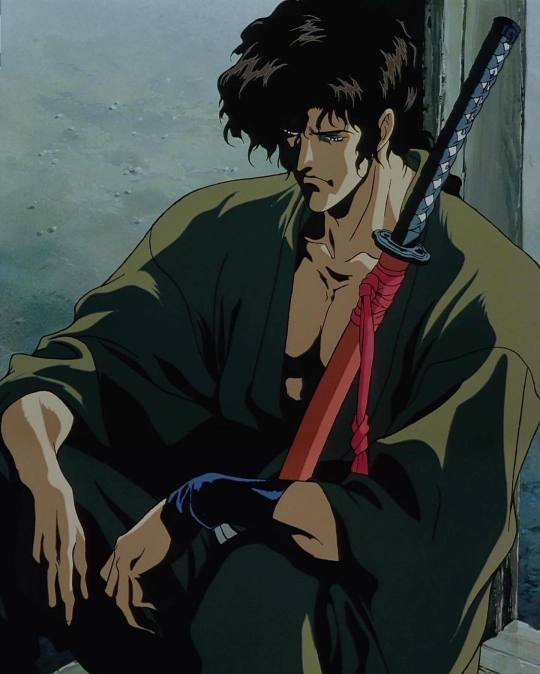

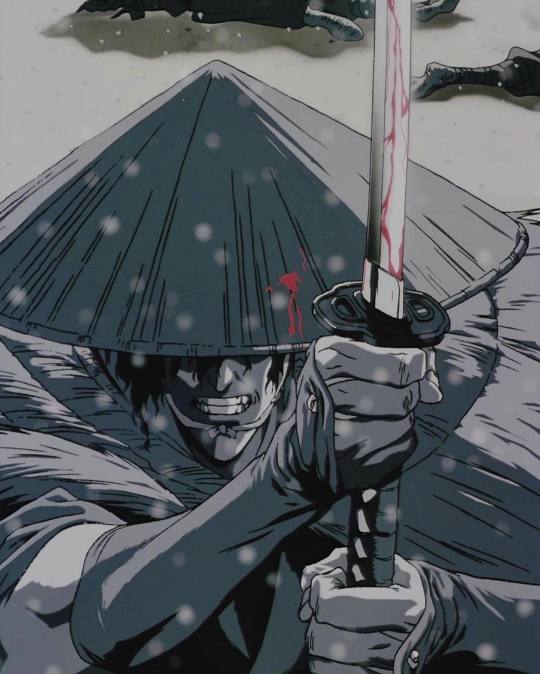
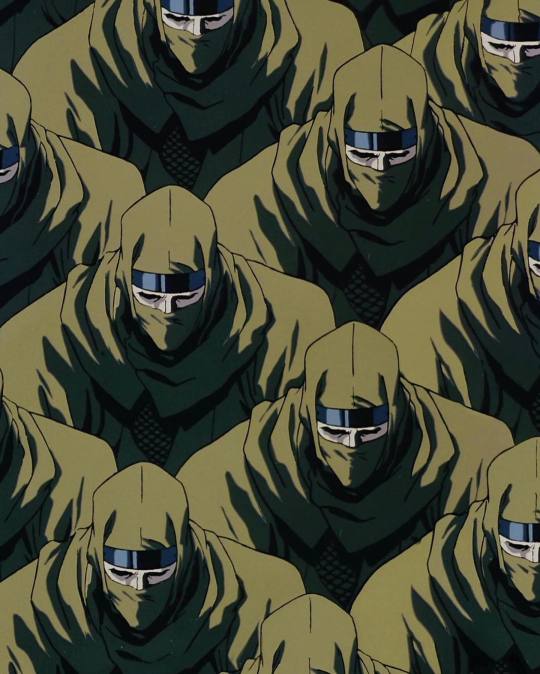

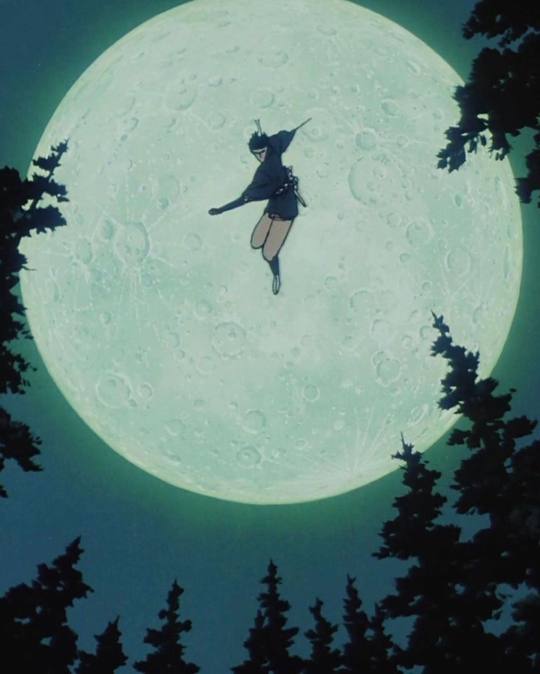
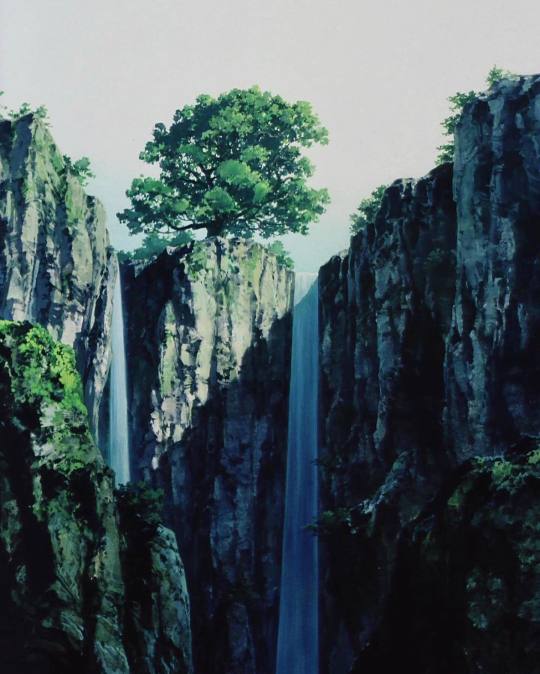
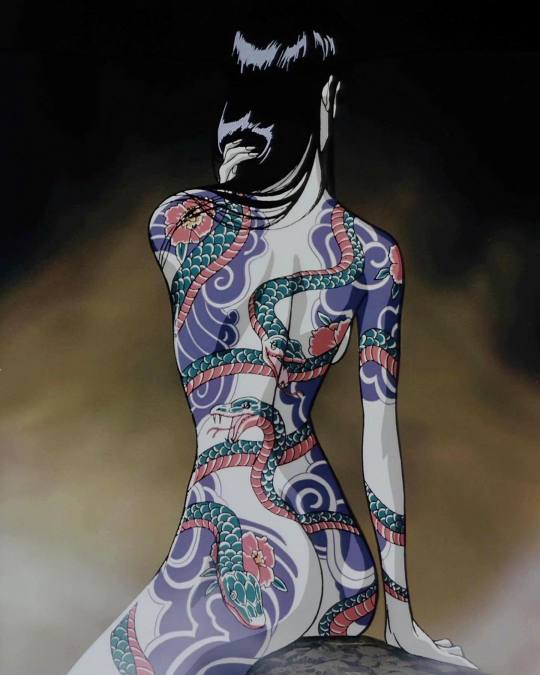
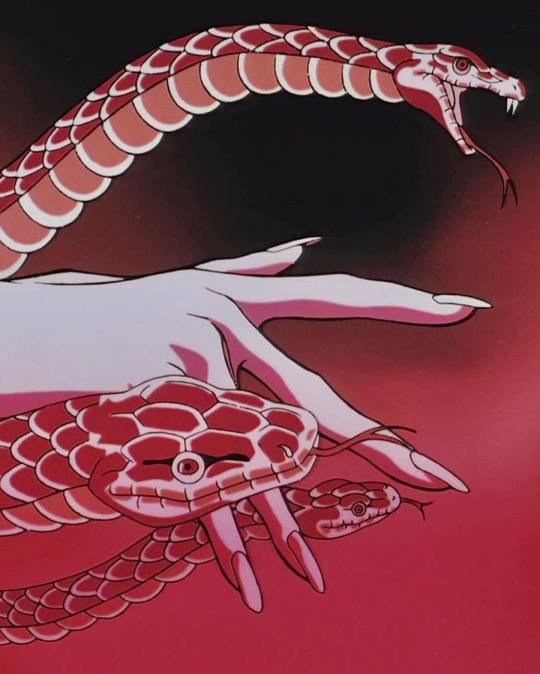

NINJA SCROLL, dir. Yoshiaki Kawajiri (1993)
#ninja scroll#1993#anime#art#film#anime and manga#anime art#best anime#yoshiaki kawajiri#demons#warrior#movies#sword#japan#shogun#jidaigeki-chanbara#jidaigeki#swordsmen#assassin#Devils of Kimon#Jubei Kibagami#Kagero#vagabond
1K notes
·
View notes
Text

Zatoichi (Shintaro Katsu) duels the samurai Akazuka (Jushiro Konoe) in the climax of Zatoichi Challenged (1967), the seventeenth film of the 26-film series.
This duel was one of the longest of the longest one-on-one fights in the series. Zatoichi and Akazuka were good friends and had great respect for each other, but - as usual in the Zatoichi films - circumstances forced them to opposing sides.
What also makes this duel so outstanding is that both actors were excellent swordsmen themselves.
The Rutger Hauer film, Blind Fury (1989), is loosely based on Zatoichi Challenged, albeit set in modern times.
#Zatoichi Challenged#Zatoichi#Shintaro Katsu#Akazuka#Jushiro Konoe#anma#yakuza#samurai#chambara#jidaigeki#Daiei Film
29 notes
·
View notes
Text
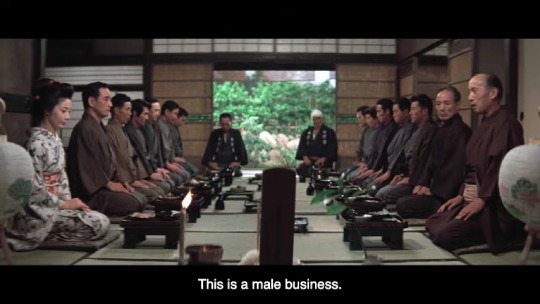

The Valiant Red Peony : Red Peony Gambler (1968)
Set during the Meiji era, RED PEONY GAMBLER stars Fuji as Ryuko Yano, the daughter of a gambler. When her father is murdered, Ryuko takes on a new name derived from the crimson flower tattooed on her shoulder – “Oryu, the Red Peony” – and sets out for revenge.
One thing I noticed about Japanese films is the use of flower names to reflect their character like in Shogun (2024) and Yae no Sakura (2013). Here, Red Peonies are flowers that can live over 100 years and thrive in cold winters, indicating that she survived the worst.
youtube
As mentioned in my earlier post, Asian films like Japanese films have always featured strong women who are feminine, gentle and caring with those they love and care but fearless, cunning, steadfast and a force to be reckoned with, against enemies.
There are numerous films such as this, Lady Snowblood (1973), Crimson Bat : The Blind Swordswoman (1969), Undercover Geisha (2003) & Ichi (2008), and anime such as Carried by the Wind: Tsukikage Ran (2000), Joran : The Princess of Snow and Blood (2021) & Hell's Paradise: Jigokuraku (2023).
They inspire Hollywood shows like Kill Bill (2003), Blue Eye Samurai (2003) and Shogun (2024). Japanese films are underrated, especially the old ones that I feel it's wasted that most of these shows are not available on global mainstream sites for the world to enjoy and appreciate. But it's good to see people becoming aware of them.
#the valiant red peony#red peony gambler#hibotan bakuto#sumiko fuji#lady snowblood#crimson bat#the blind swordswoman#undercover geisha#ichi#tsukikage ran#joran the princess of snow and blood#hell paradise jigokuraku#kill bill#blue eye samurai#yae no sakura#shogun#japan#japanese films#onna musha#onna bugeisha#period drama#jidaigeki
51 notes
·
View notes
Text









羅生門 / Rashomon (1950) | dir. Akira Kurosawa.
#1950s#films#my screencaps#mine#akira kurosawa#jidaigeki#cinematography#screencaps#subtitles#japan#movies#50s#japanese cinema#japanese film#1950s films#1950s movies#50s film#50s movies#cinema#criterion collection#1001 movies you must see before you die#japanese#b&w#black and white#old movies#old films
46 notes
·
View notes
Text
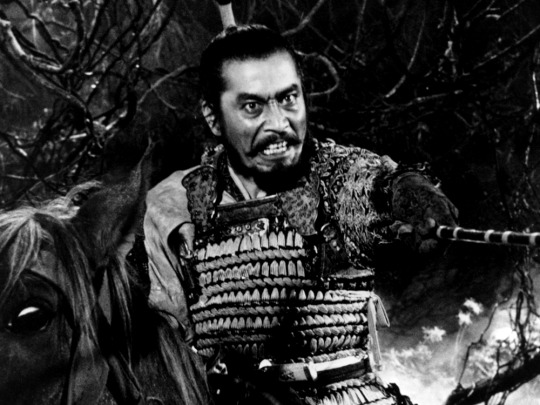
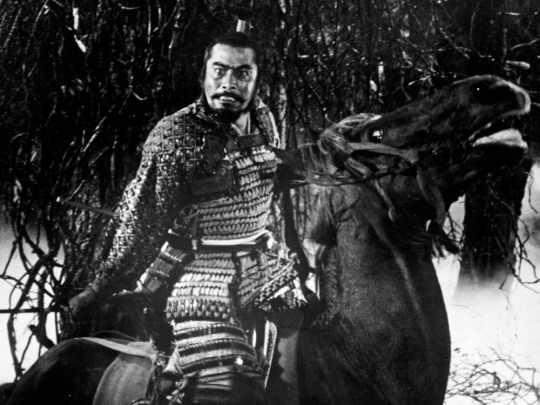
Toshiro Mifune in Akira Kurosawa's THRONE OF BLOOD (1957) | 蜘蛛巣城
#toshiro mifune#throne of blood (1957)#1950s#akira kurosawa#classic film#japanese cinema#jidaigeki#imagestills#promotional stills#imageedit#my post
35 notes
·
View notes
Text
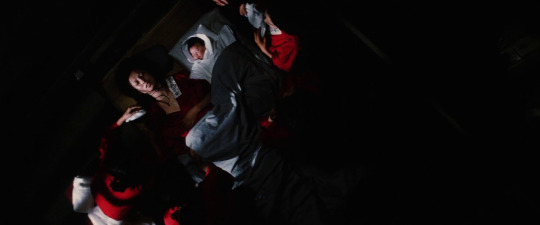


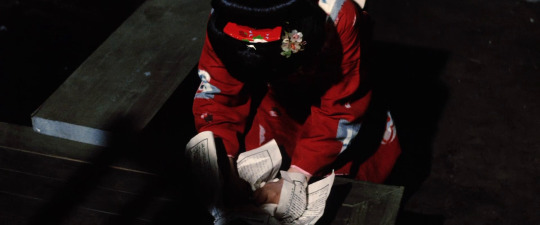

Lady Snowblood | 修羅雪姫 (1973) dir. Fujita Toshiya
#movie stills#cinematography#japanese cinema#film stills#修羅雪姫#lady snowblood#fujita toshiya#toshiya fujita#mieko kaji#jidaigeki#drama#crime#action#vengeance#70s#70s cinema#based on manga
40 notes
·
View notes
Text
before he was toranaga, sanada hiroyuki was the beautiful okuda ukyōnosuke in sure death 4: revenge (1987) ✨
#hiroyuki sanada#sanada hiroyuki#shōgun#shogun 2024#fx shogun#shogun fx#jidaigeki#80s movies#japanese film#japanese movies#japanese drama#asian film#asian movies#asian drama
30 notes
·
View notes
Text

BEHIND-THE-SCENES FROM THE GOLDEN AGE OF JAPANESE CINEMA -- LUNCH-TIME ON THE SET.
PIC INFO: Spotlight on classic Japanese actors Toshiro Mifune (who played the title actor) and Yuzo Kayama (samurai youth Iori Izaka), enjoying their meal on the set of "Sanjuro" (1962), co-written & directed by Akira Kurosawa.
Source: https://x.com/mutokuten/status/1428768677323739147.
#Sanjuro#Sanjuro 1962#Sixties#1962#1960s#Sanjuro 1962 Movie#椿三十郎#Japanese Film#Akira Kurosawa#Toshiro Mifune#Cinema#Japanese Movies#Behind-the-Scenes#Japan#60s Cinema#Golden Age of Japanese Cinema#Yojimbo 1961#Photography#Vintage Style#Lunch Time#Jidaigeki Cinema#Vintage fashion#Japanese Style#Jidaigeki#Tsubaki Sanjūrō#Japanese Cinema#60s Movies#Jidaigeki Movies#Jidaigeki Films#Tsubaki Sanjūrō 1962
18 notes
·
View notes
Text
Recently Viewed: Kubi
[The following review contains MAJOR SPOILERS; YOU HAVE BEEN WARNED!]
Kubi is a film of deliciously compelling contradictions. A period drama with little regard for “historical accuracy,” it reimagines the Sengoku Era as only Takeshi Kitano could: drenched in gore and dripping with homoeroticism. It is simultaneously his most cynical work and his funniest, deconstructing the borderline mythological status attributed to various real-world figures by depicting them not as cunning strategists or Machiavellian masterminds, but rather as mentally unstable psychopaths competing for underserved power.

Kitano himself, for example, leans into his comedic roots by playing Toyotomi Hideyoshi as a bumbling, insecure country bumpkin whose political ambitions are constantly thwarted by his utter lack of finesse when it comes to court intrigue and samurai etiquette; his schemes and machinations depend entirely upon the competence of such unwaveringly loyal subordinates as Kanbei Kuroda (Tadanobu Asano in a role that is essentially the antithesis of his sniveling, amoral character in Shogun)—many of whom he impulsively has assassinated as soon as he perceives their intelligence to be a threat. Ryo Kase, meanwhile, delivers an unapologetically theatrical performance as Oda Nobunaga; a far cry from the brilliant tactician of popular folklore, there is no grand design behind this hedonistic tyrant’s plans of conquest and “unification”—he simply revels in bloodshed, wantonly and remorselessly abusing peasants and fellow nobles alike.
The movie’s depiction of violence is equally subversive. The spectacular battle sequences are chaotic and harrowing, evoking Orson Welles’ Chimes at Midnight (and, consequently, the derivative cinematic epics helmed by Ridley Scott and Mel Gibson); there is no honor or glory in war—just men clumsily flailing about in the mud and filth, their suffering serving no greater purpose. On other occasions, however, the carnage delves into outright absurdist humor. In one scene, for instance, Hideyoshi grows increasingly impatient as he waits for a vanquished foe to commit ritual suicide—an excruciatingly prolonged joke that satirizes the pomp, poetry, and idealism traditionally associated with bushido.
[FINAL WARNING: MAJOR SPOILERS BELOW!]

This irreverent attitude towards death culminates in a hilariously brutal, ironic punchline. Following the decidedly gruesome climax, Hideyoshi searches for his chief rival’s corpse amidst a veritable mountain of human remains. Unable to make a successful identification, he lashes out in impotent frustration, inadvertently kicking the correct severed head like a soccer ball—whereupon the screen abruptly and unceremoniously cuts to black. Roll credits.
An appropriately cruel conclusion to such a gleefully grotesque dissection (hell, damn near evisceration) of the typical tropes, clichés, and conventions of the jidaigeki genre.
#Kubi#Takeshi Kitano#Beat Takeshi#Japan Cuts#Japan Cuts 2024#Japan Society#Tadanobu Asano#Ryo Kase#Japanese film#Japanese cinema#jidaigeki#film#writing#movie review
6 notes
·
View notes
Text
On October 25, 2003, Kill Bill Volume 1 debuted in Japan.

Here's some new Chiaki Kiriyama art to celebrate!
#kill bill#kill bill vol. 1#quentin tarantino#chiaki kuriyama#grindhouse#martial arts movies#jidaigeki#action movies#vigilante film#fan art#exploitation film#cult movies#japan#art#movie art#drawing#movie history#pop art#modern art#pop surrealism#portrait#cult film
9 notes
·
View notes
Text

Throne of Blood 蜘蛛巣城 (1957) Akira Kurosawa.
25 notes
·
View notes
Text
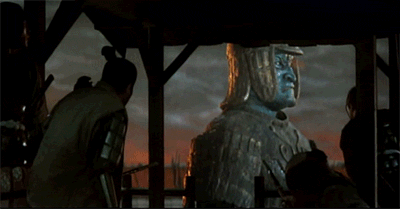
Daimajin finally finds the guys responsible for his splitting headache in Daimajin (1966).
81 notes
·
View notes
Text











Ask This of Rikyu (2013)
"In this life, three evil passions assail the heart of men. Desire, anger and ignorance. In other words, greed, anger and stupidity."
youtube
Ask This of Rikyu (利休にたずねよ, Rikyū ni tazuneyo) is a 2013 Japanese biographical film based on a novel by Kenichi Yamamoto. It tells the story of Sen no Rikyu, the monk and tea ceremony master who served Oda Nobunaga and Toyotomi Hideyoshi.
How his growing influence among the lords and people was seen as a threat by the Taiko, causing his death in the end, as he reflects on the people he loved and lost, such as his first true love from across the sea, who is a noblewoman from Joseon (Korea).
#ask this of rikyu#Rikyu ni Tazuneyo#利休にたずねよ#sen no rikyu#Ichikawa Danjuro XIII#Nakatani Miki#clara lee#japanese film#japanese drama#japanese movie#japan#jidaigeki#period drama#japanese tea ceremony#japanese culture#japanese aesthetic#oda nobunaga#toyotomi hideyoshi
4 notes
·
View notes
Text
13 Assassins (2011) Review: A Modern Masterpiece in Samurai Cinema
13 Assassins, directed by Takashi Miike, is an electrifying revival of the samurai film genre. It stands as a modern counterpart to classics like Kurosawa’s Seven Samurai, blending reverence for tradition with a willingness to push boundaries. Miike’s direction is as precise as it is chaotic, delivering a film that speaks to the soul of the samurai ethos while challenging our understanding of…
#13 Assassins#action choreography#action movies#akira kurosawa#battle scenes#character-driven storytelling#cinematic pacing#cinematic storytelling#cinematic tension#classic cinema#Film Analysis#film comparisons#film review#honor and duty#Japanese culture#japanese film#jidaigeki#martial arts movies#modern samurai films#period drama#roger ebert#samurai cinema#samurai movies#Takashi Miike#toshiro mifune#traditional vs modern
4 notes
·
View notes